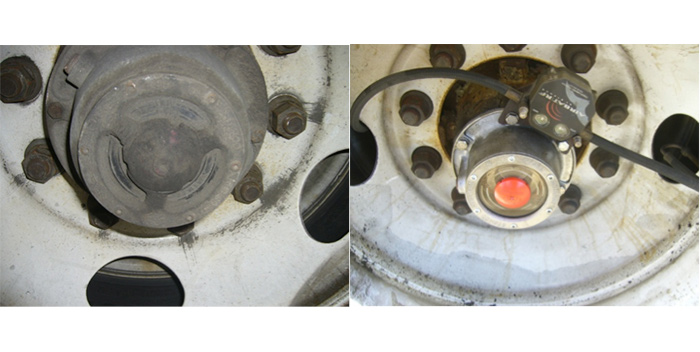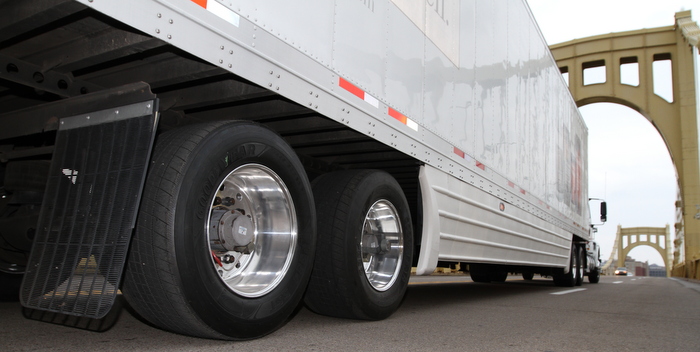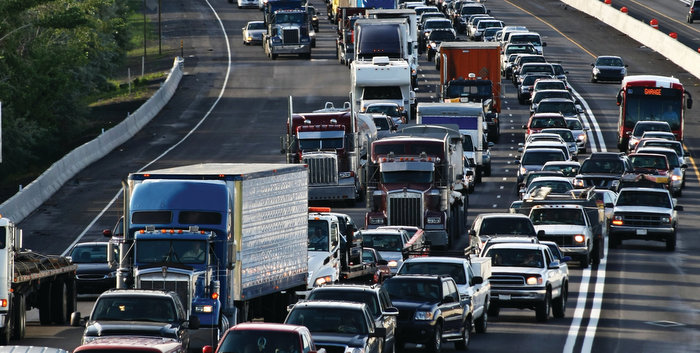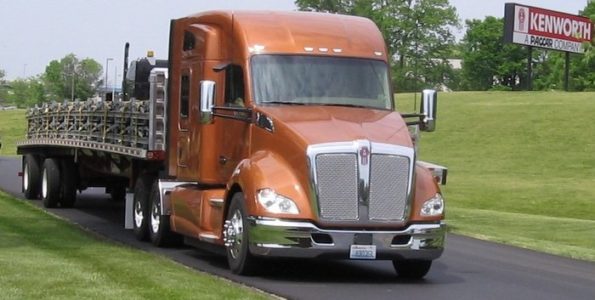According to Robert Johnson, director of fleet relations, NTEA, “One of the best financial analysis tools available to fleet managers is the net present value (NPV) life-cycle cost analysis. Instead of relying on guesswork and not being able to fully defend your position, an NPV life-cycle cost analysis will show you the true total cost of each alternative.”
Time value of money is directly related to an entity’s cost of money. A taxpaying business’ cost is normally considered to be its minimum acceptable internal rate of return. For a government agency, it is typically the weighted cost of debt (direct loans, bonds, etc.). This cost of money, which is normally expressed as a percentage, means that one dollar at some point in the future is worth less than a dollar in hand today. For a given cost of money, the current value of a dollar at some point in the future is known as its present value. The total present values of a series of related expenditures, spread over a period of time, is referred to as the net present value.
If a fleet pays taxes, fleet managers must also consider the true bottom-line cost of an expenditure after taxes. Ordinary expenses reduce gross income, which in turn reduces tax liabilities. This is a tax shield.
Many businesses have total effective tax rates in excess of 40% to 50%, so the impact of a tax shield can be significant.
Johnson notes that when you make an NPV analysis of a series of expenses, the NPVs of the alternatives will be negative. The option with the least negative cost is the best alternative from a purely financial point of view. Some NPV life-cycle cost spreadsheet programs, such as the NTEA’s Vehicle Life-Cycle Cost Analysis Program, also show annualized cash flows. If the NPVs of two options are very close, these annualized cash flows may be more important than the total cost.
In the case of revenue-producing alternatives, the NPV will be positive if the alternative is earning more than the established cost of money and negative if it is earning less. A choice can be considered revenue-generating even if there are not direct income flows from it—the reduction in expense can be treated as revenue.
If you can increase the unit productivity to the point that it replaces two existing units, the potential savings (revenue) may be even greater, since you will be eliminating the total labor costs of a driver, as well as the maintenance and operating costs of the second truck. The opposite of this applies when a feet wants to downsize a vehicle to reduce fuel costs. If this downsizing increases overtime, or forces the addition of a second vehicle to get the work done, the fuel savings will probably be less than the other costs.
Even replacing a high-cost unit with a new unit that has a lower life-cycle cost can be considered revenue-producing, since it may reduce total life-cycle expenditures. For example, if you have a vehicle with a lifetime average operating cost of $1.50 per mile, and the truck runs 15,000 miles per year, your annual costs will be $22,500. A new, more fuel-efficient vehicle may have a projected average annual operating cost of $1.10 per mile, or $16,500 per year. Therefore, the cost reductions (revenues) associated with the new unit will be $7,000 per year.
To order NTEA’s Vehicle Life-Cycle Cost Analysis Program, visit www.ntea.com.
Note: Johnson is presenting more on this topic at the March NTEA Work Truck Show.









